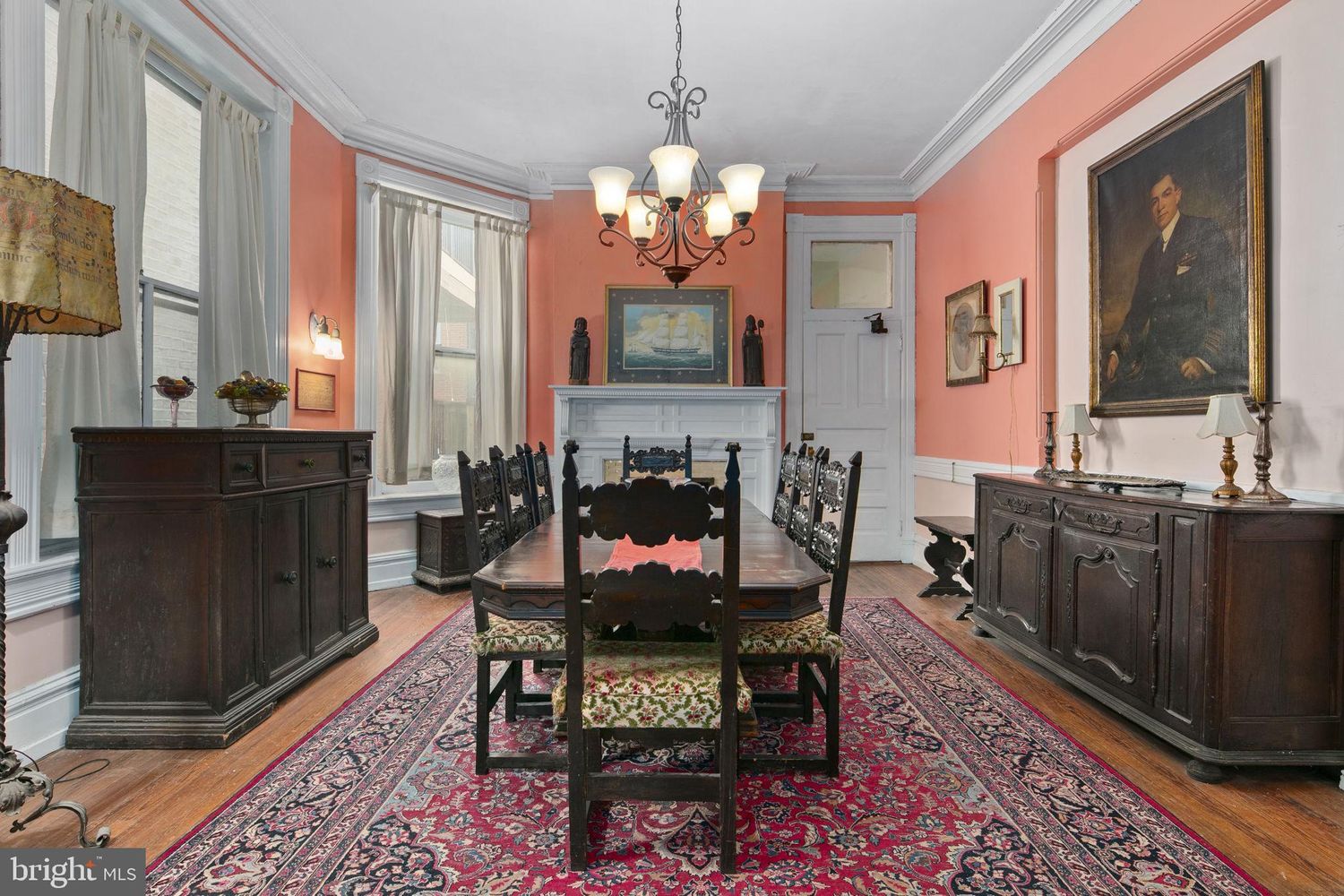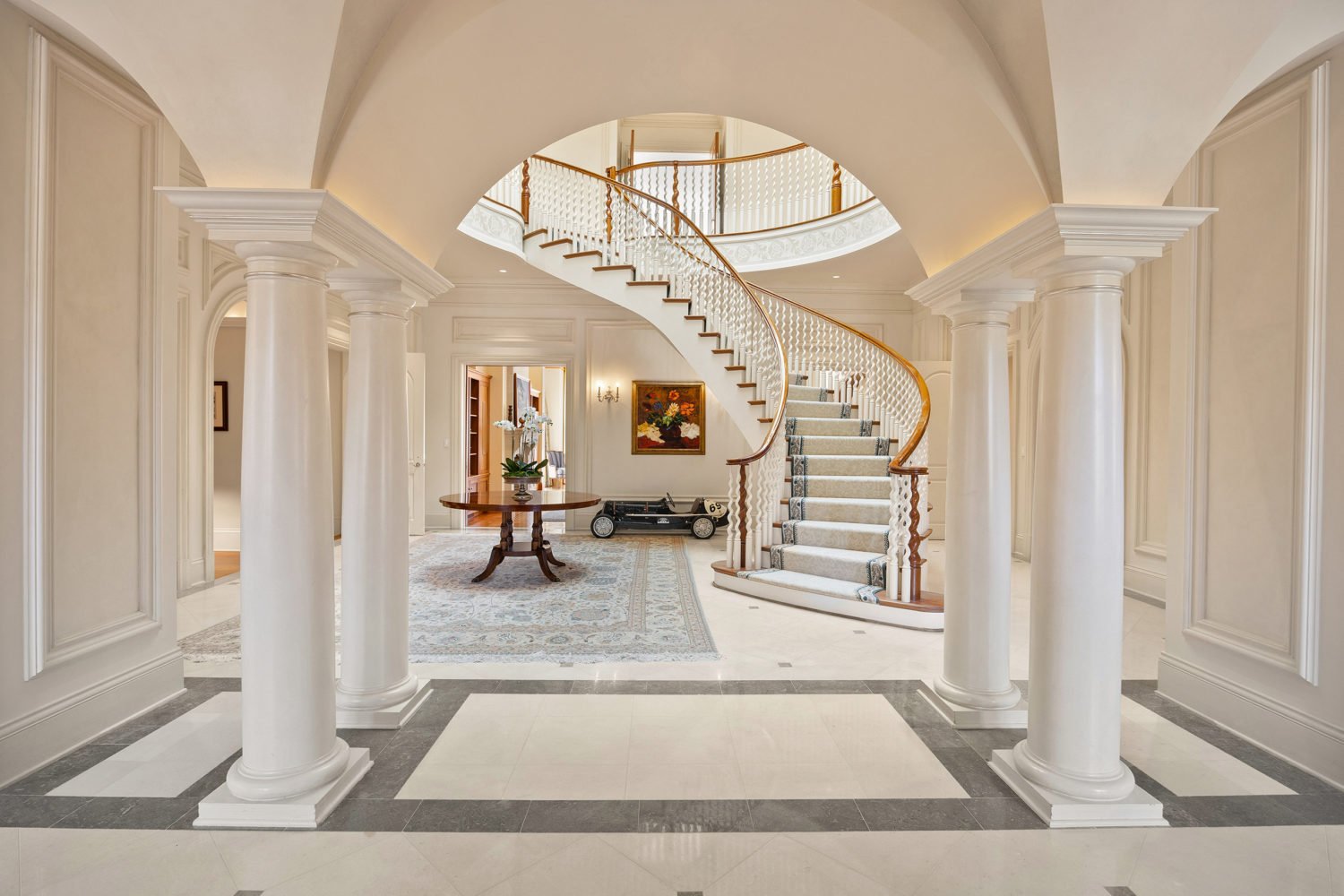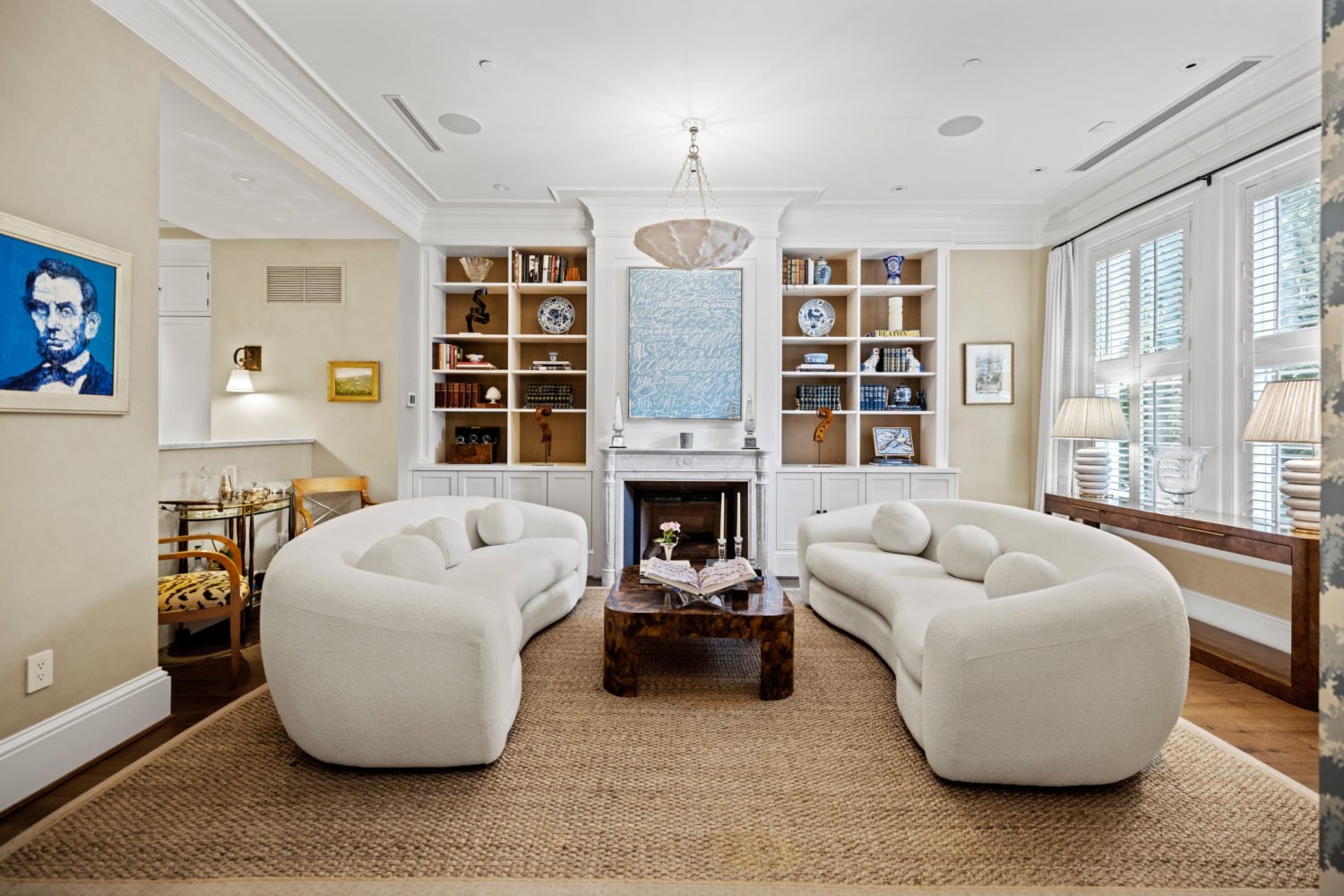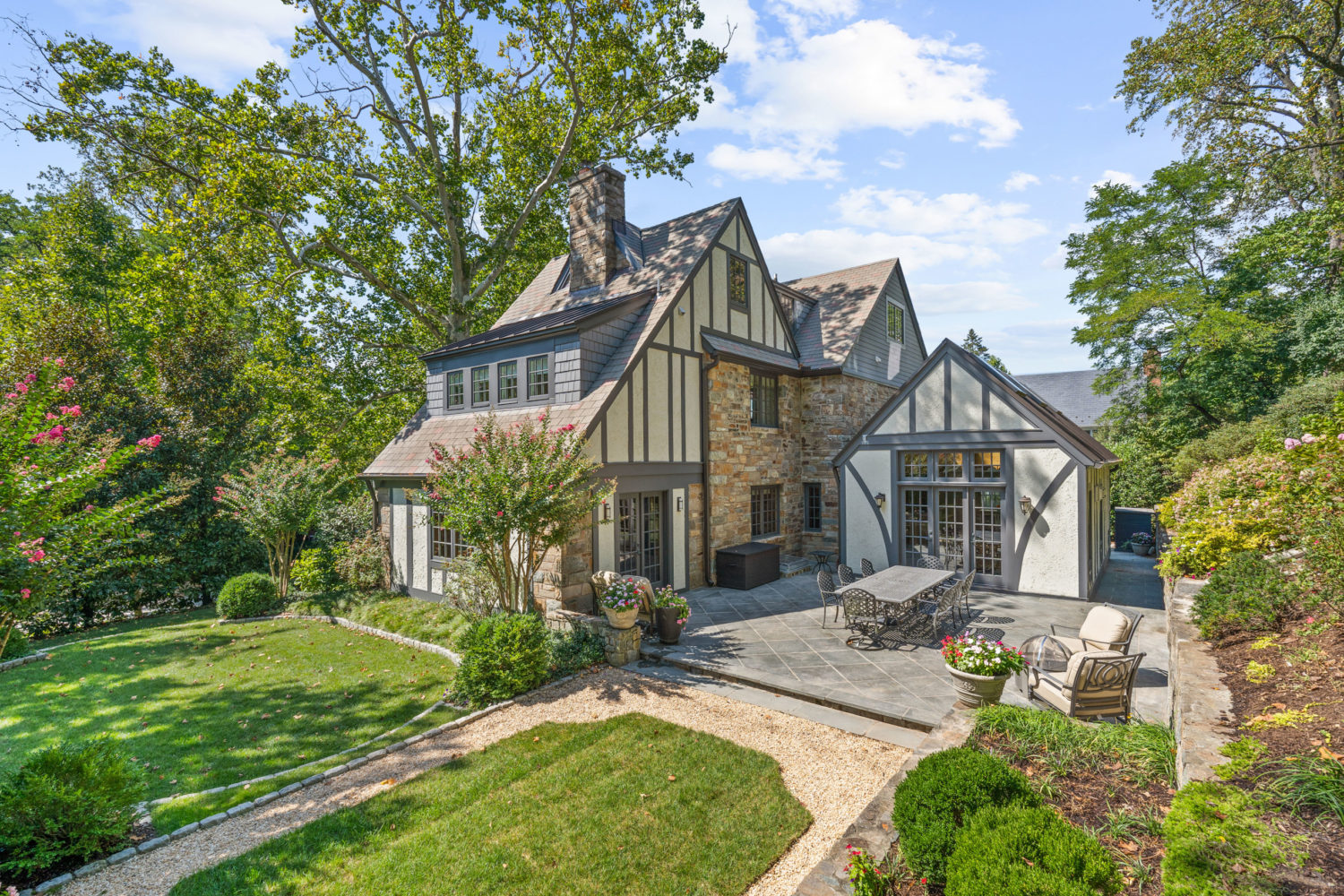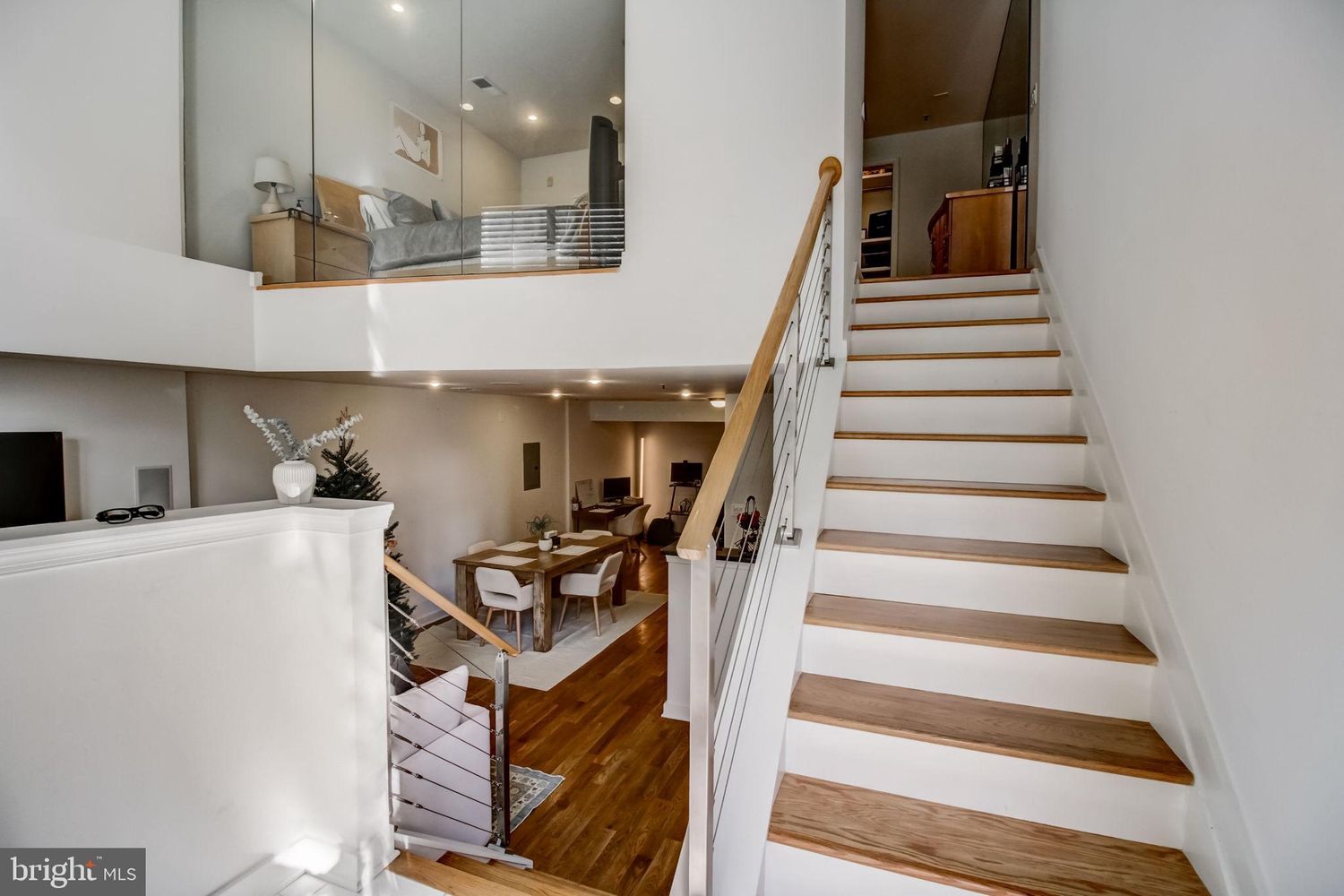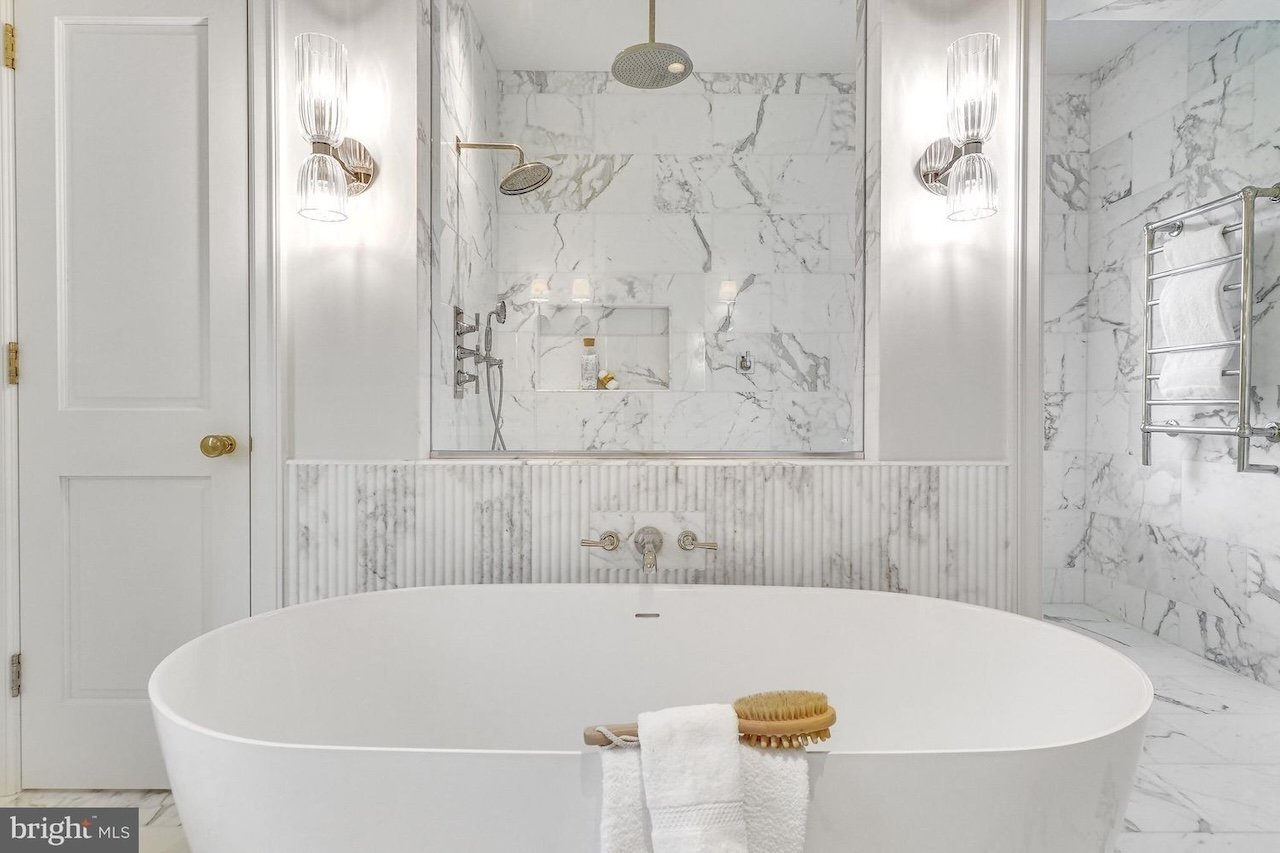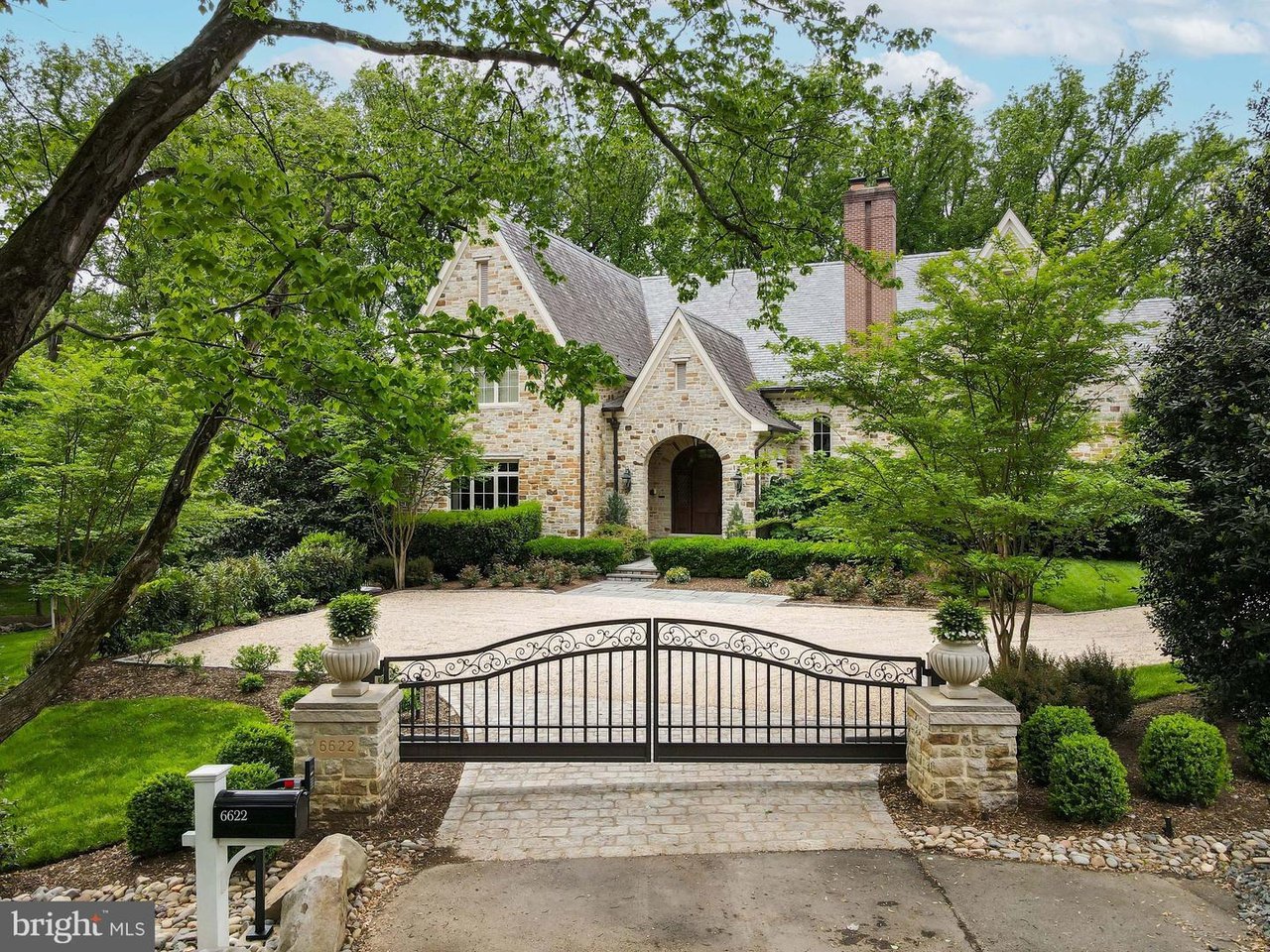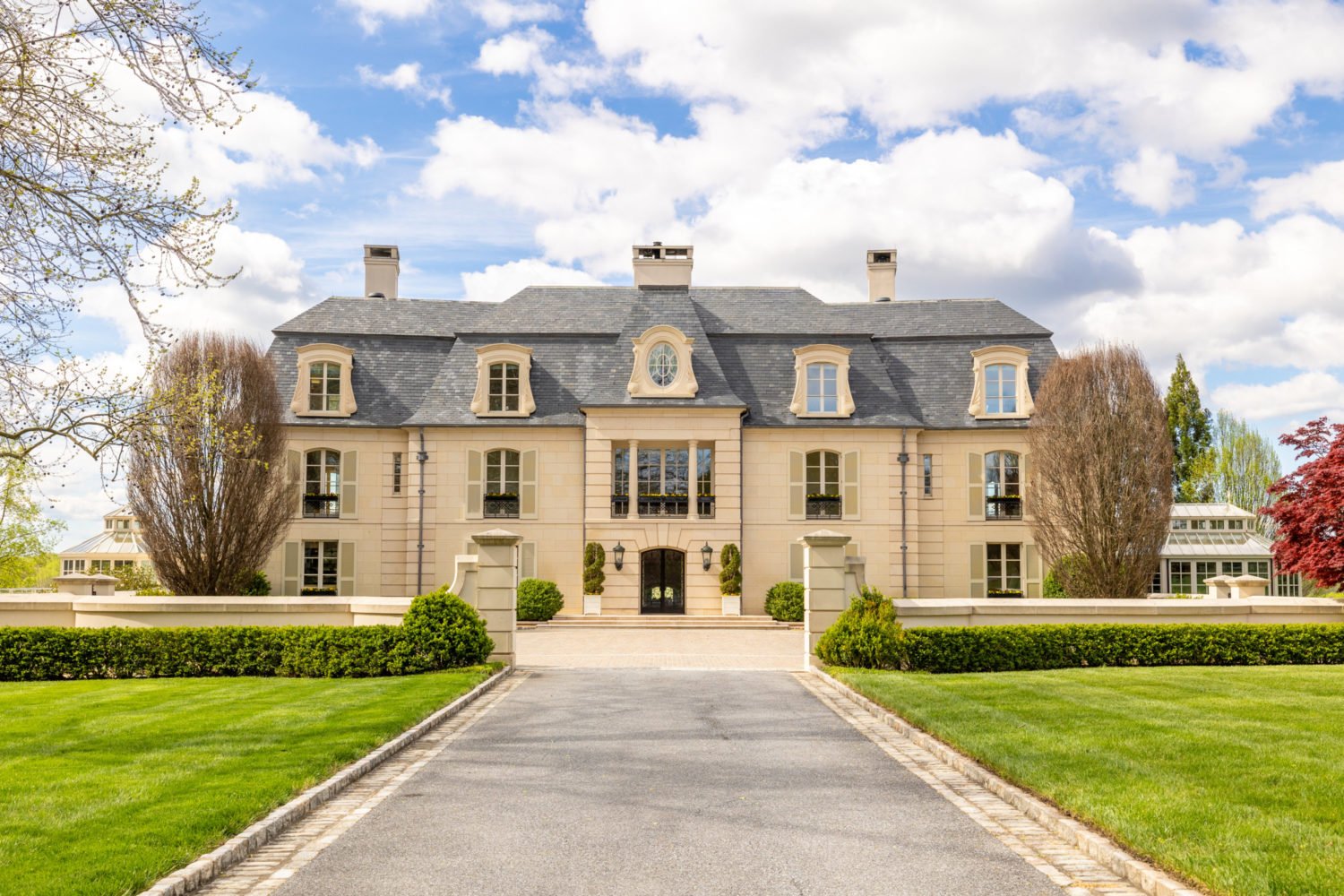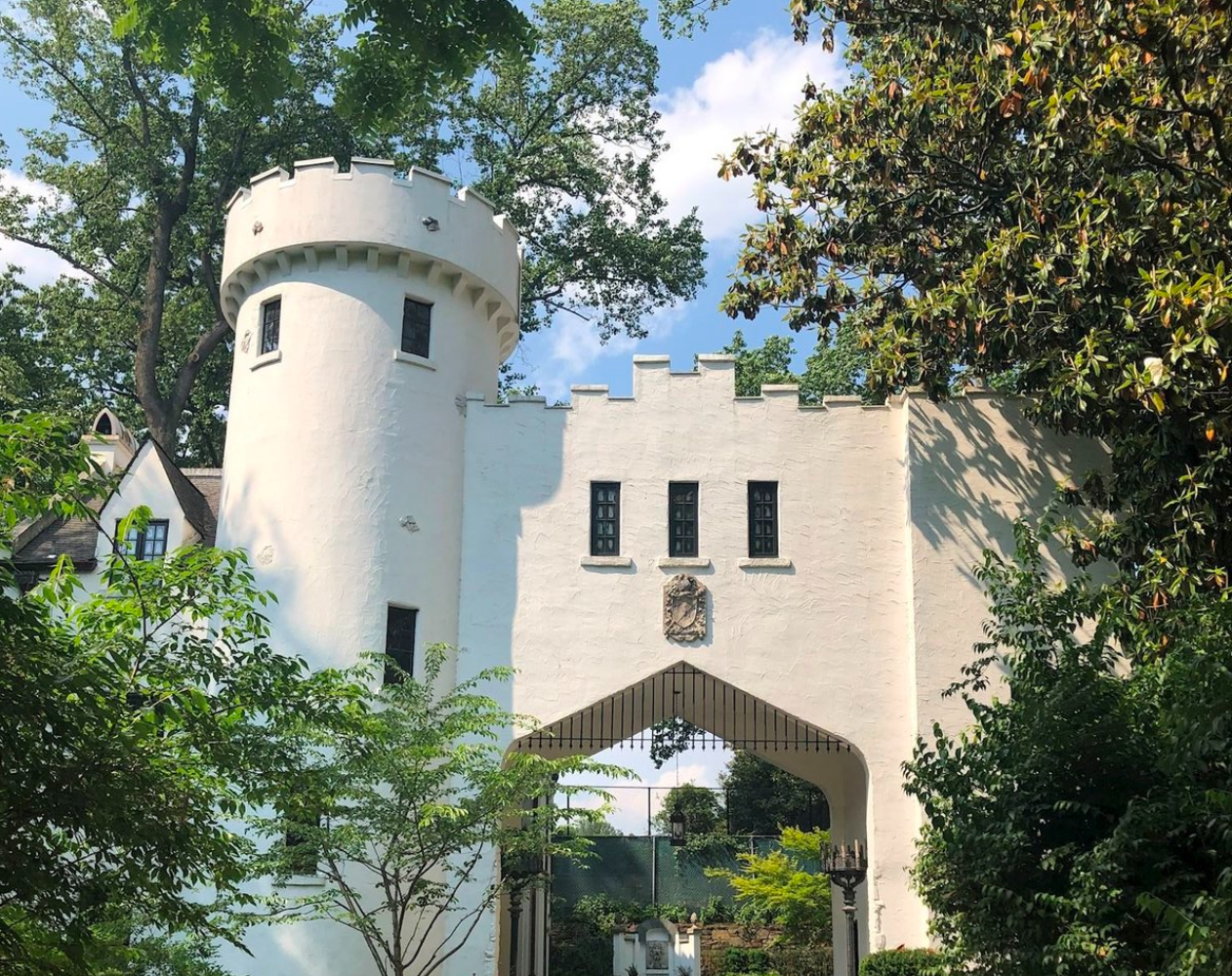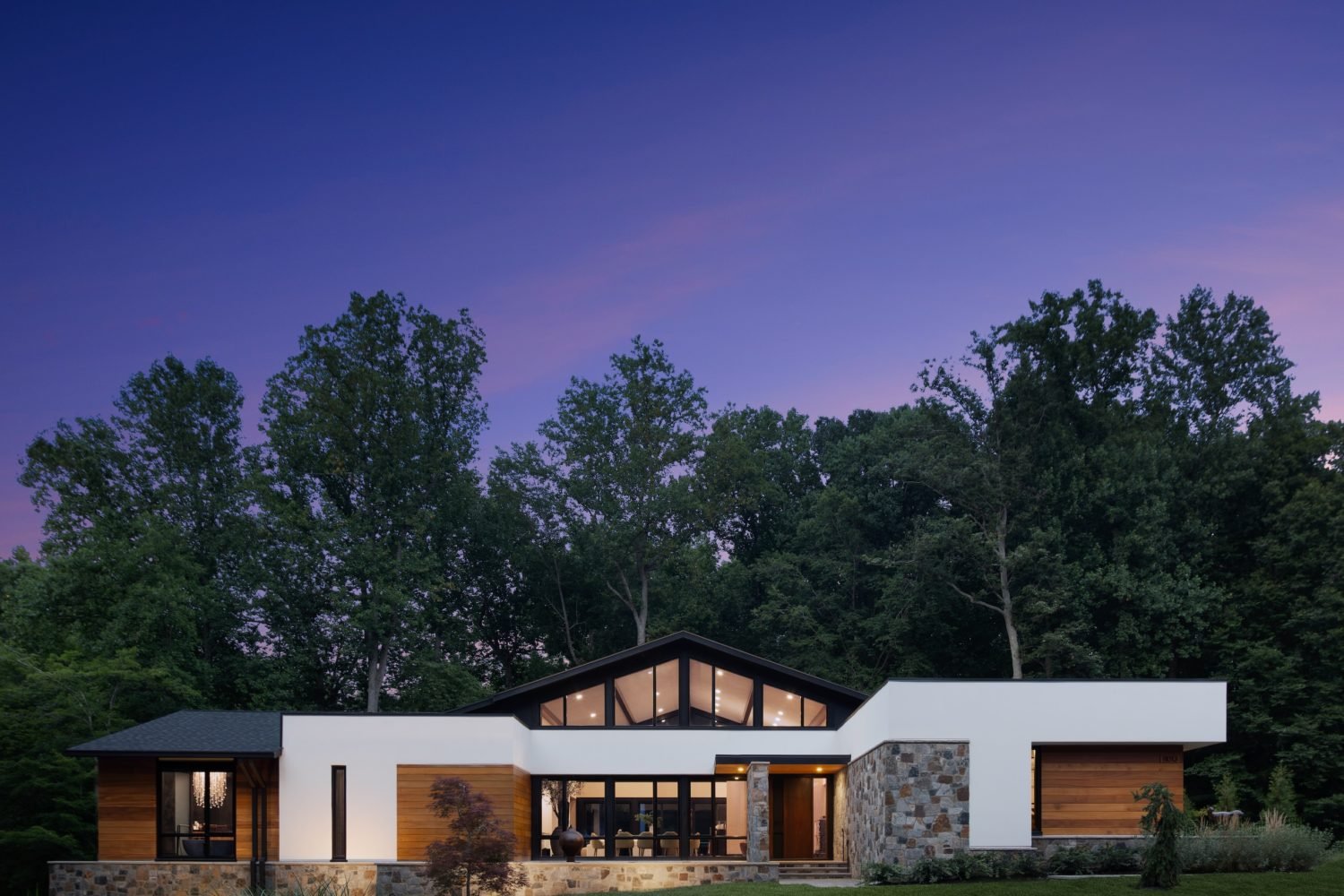Here are five listings of historic homes that caught our eye this week.
1
A Rockville Victorian
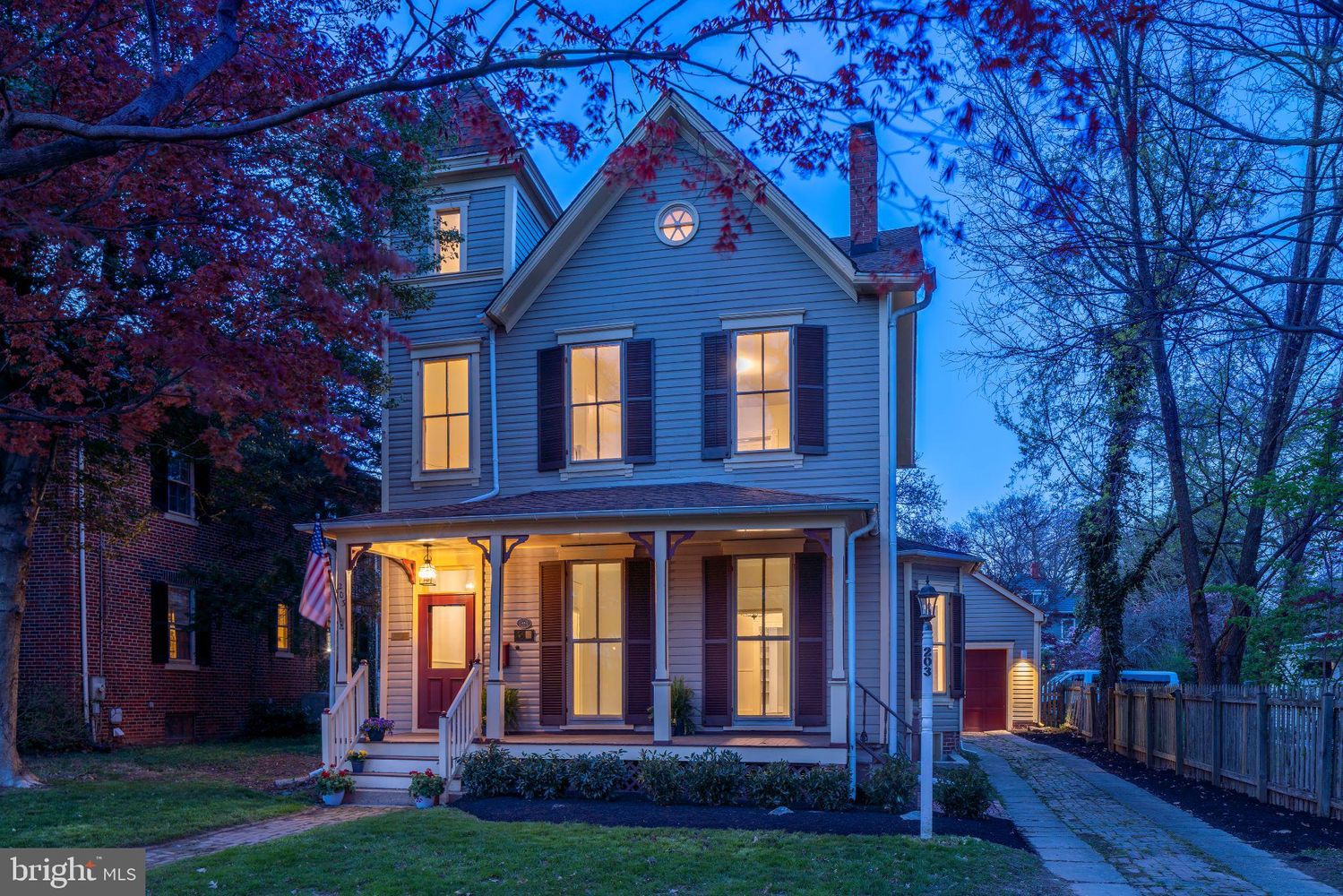

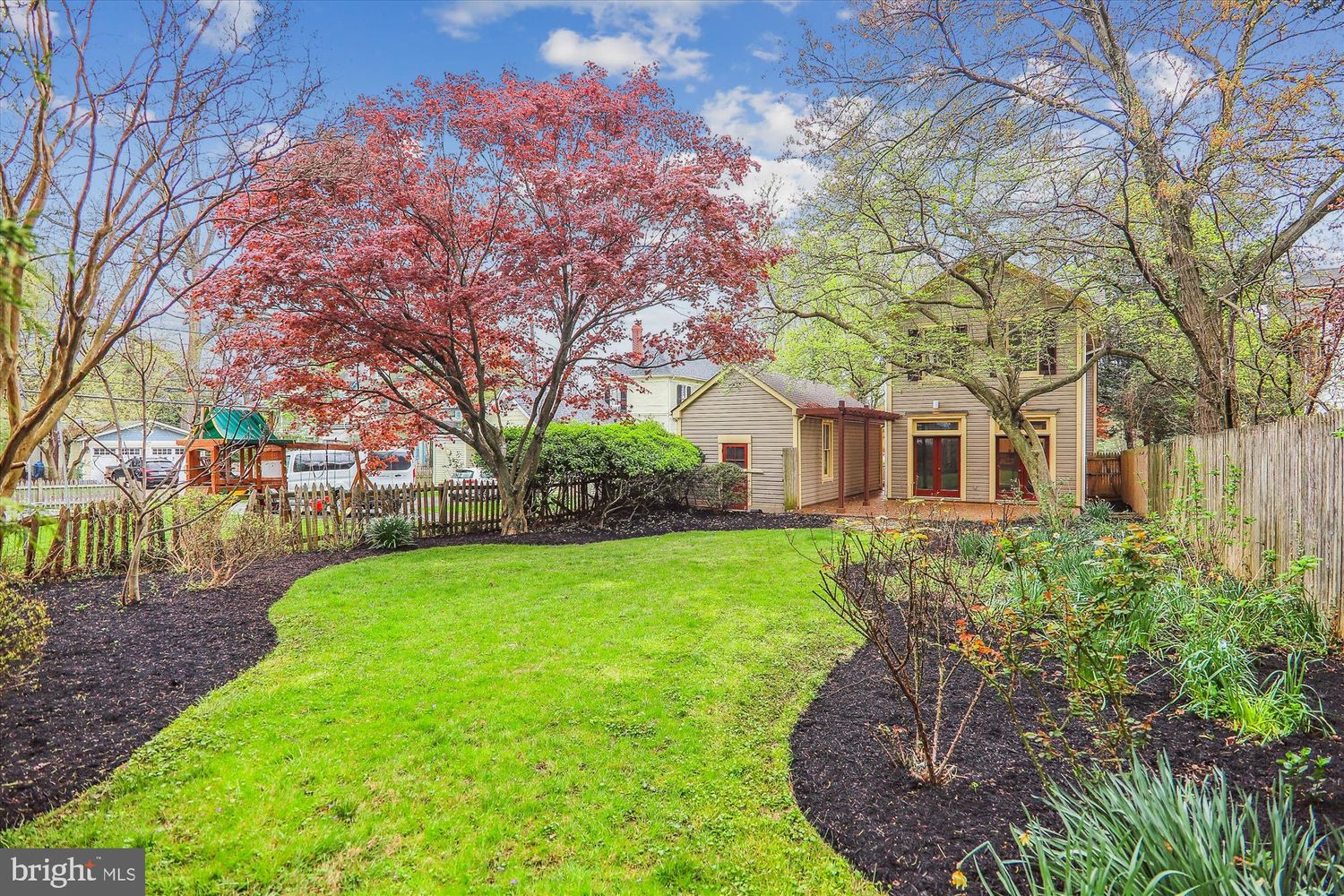
Price: $833,000
Where: 203 W. Montgomery Ave., Rockville
Bedrooms/Bathrooms: 4/3
Lot Size: 0.25 acre
Listing Agent: Jamie Coley and Leigh Reed, Long & Foster Real Estate
This circa 1884 Queen Anne-style Victorian, known as the Wagman House, is designated as a historic property by the city of Rockville. According to a plaque outside the house, it was the home of Peerless Rockville, a nonprofit organization dedicated to the preservation of the city. The recently renovated house has a new roof and water heater. The main level has 10-foot ceilings and refinished wood floors. The large dining room has a bay window. The updated kitchen has white shaker cabinetry, stone counters, and stainless steel appliances.
2
A Queen Anne in College Park
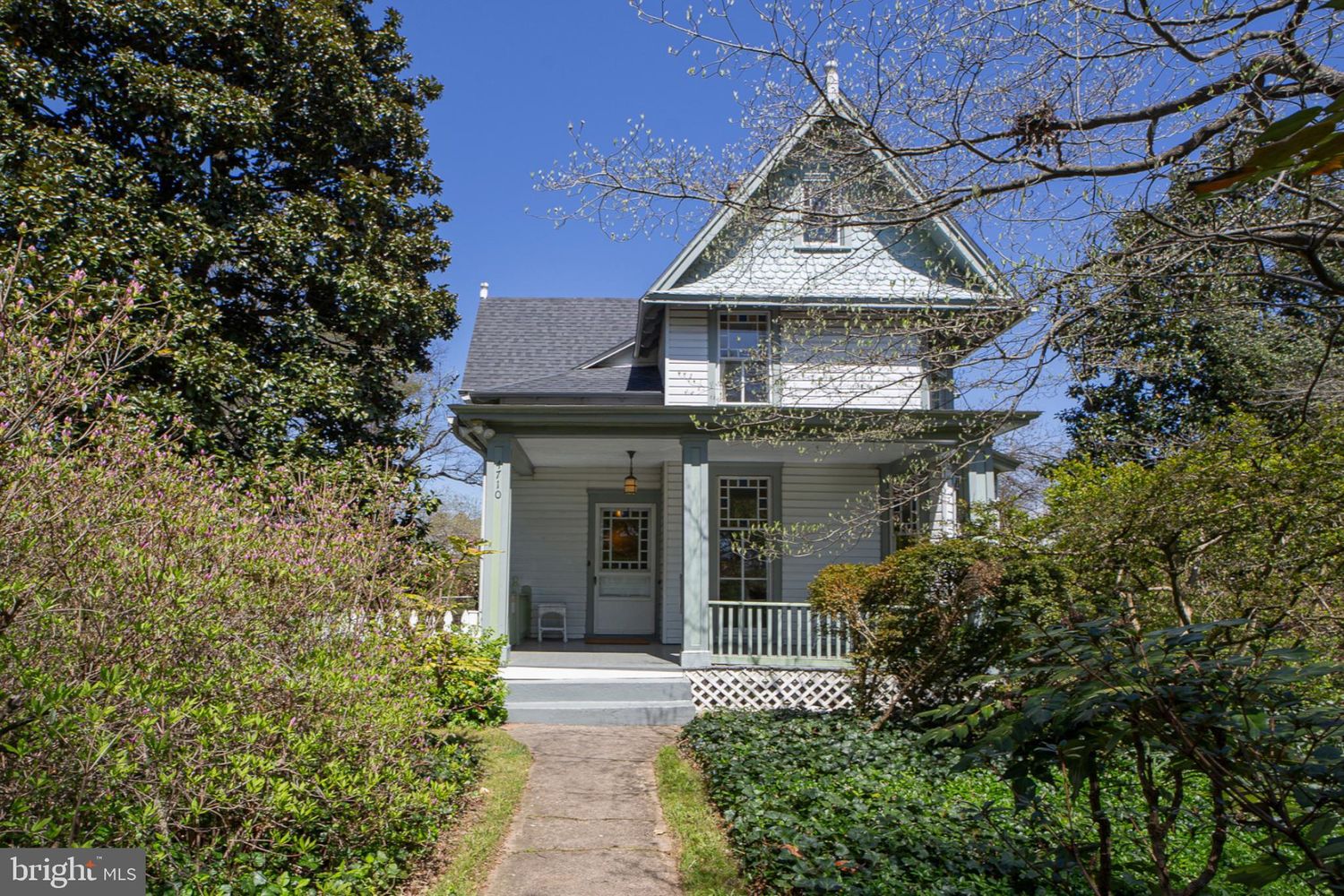
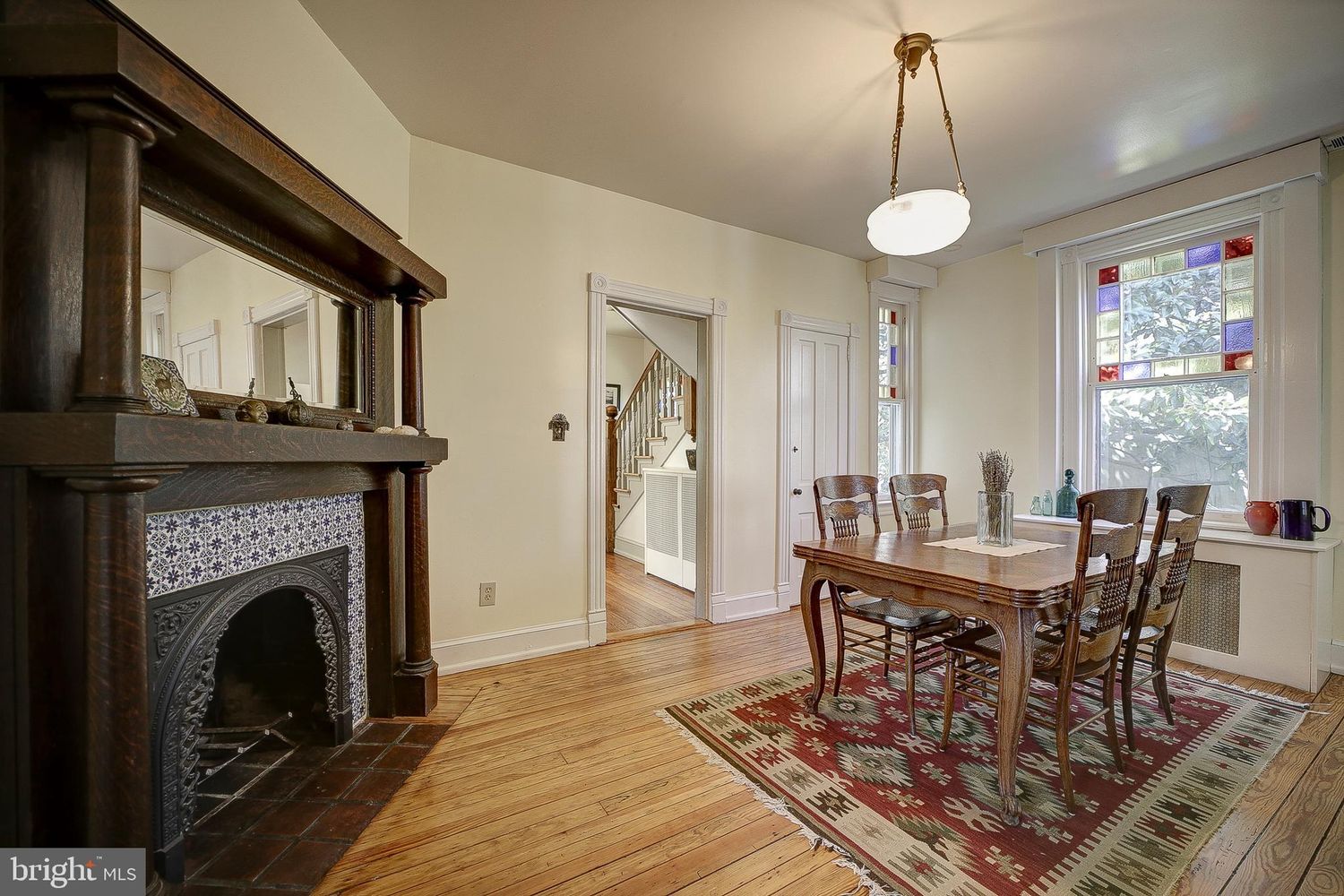
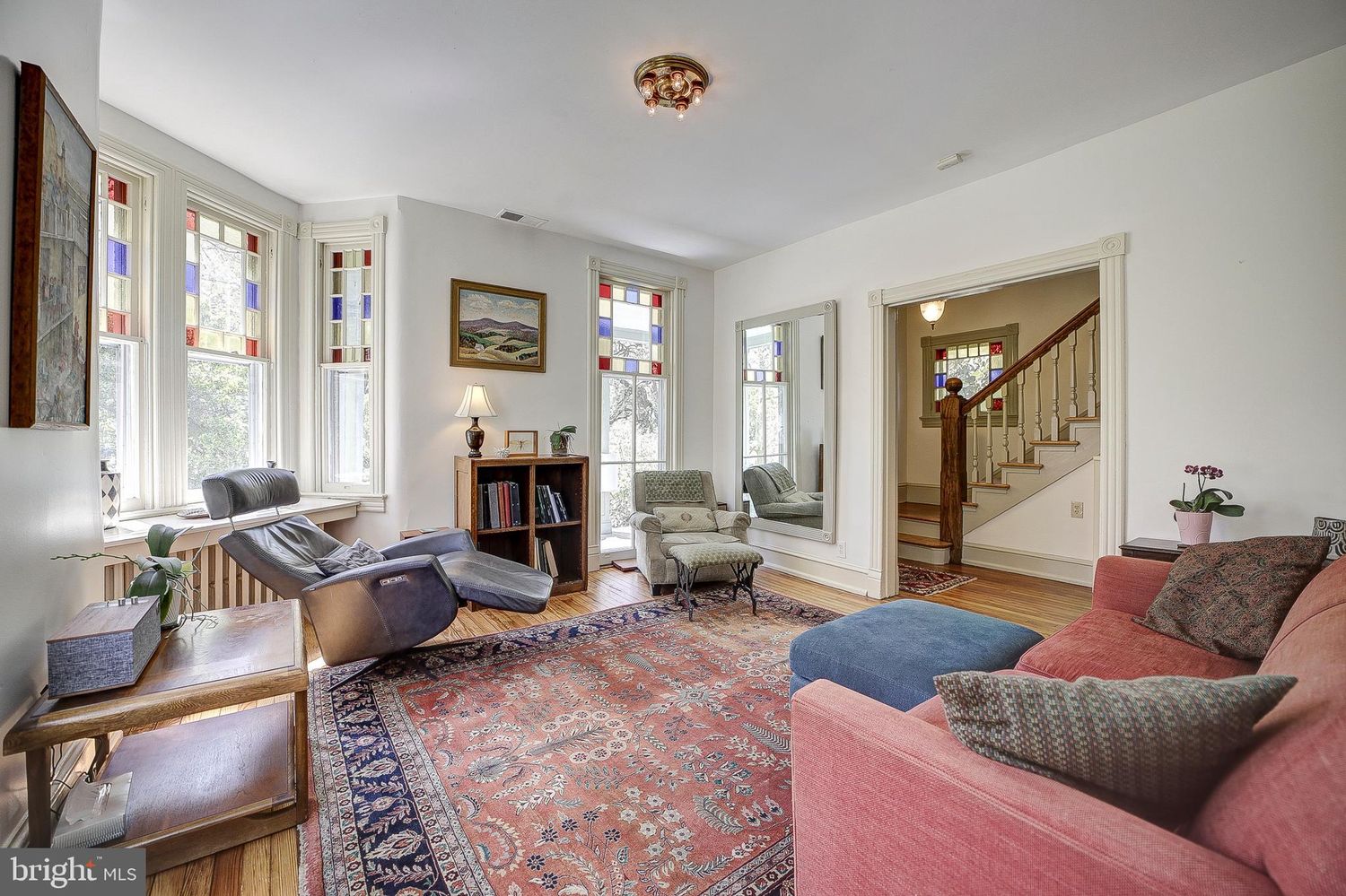
Price: $849,000
Where: 4710 College Ave., College Park
Bedrooms/Bathrooms: 5/2
Lot Size: 0.46 acre
Listing Agent: Dixie Meadows and Tamara Beauchard, RE/MAX Professionals
This circa 1891 Queen Anne-style house, known as the Cory House, is one of the oldest private residences in College Park. It is designated as a historic property by Maryland and Prince George’s County. The house is named for Professor Ernest Cory, who lived there from 1926 to 1975. Many period features remain including its stained glass windows, window trim, and fireplace mantle. Updates include central air conditioning and a main-level laundry room.
3
A Victorian townhouse

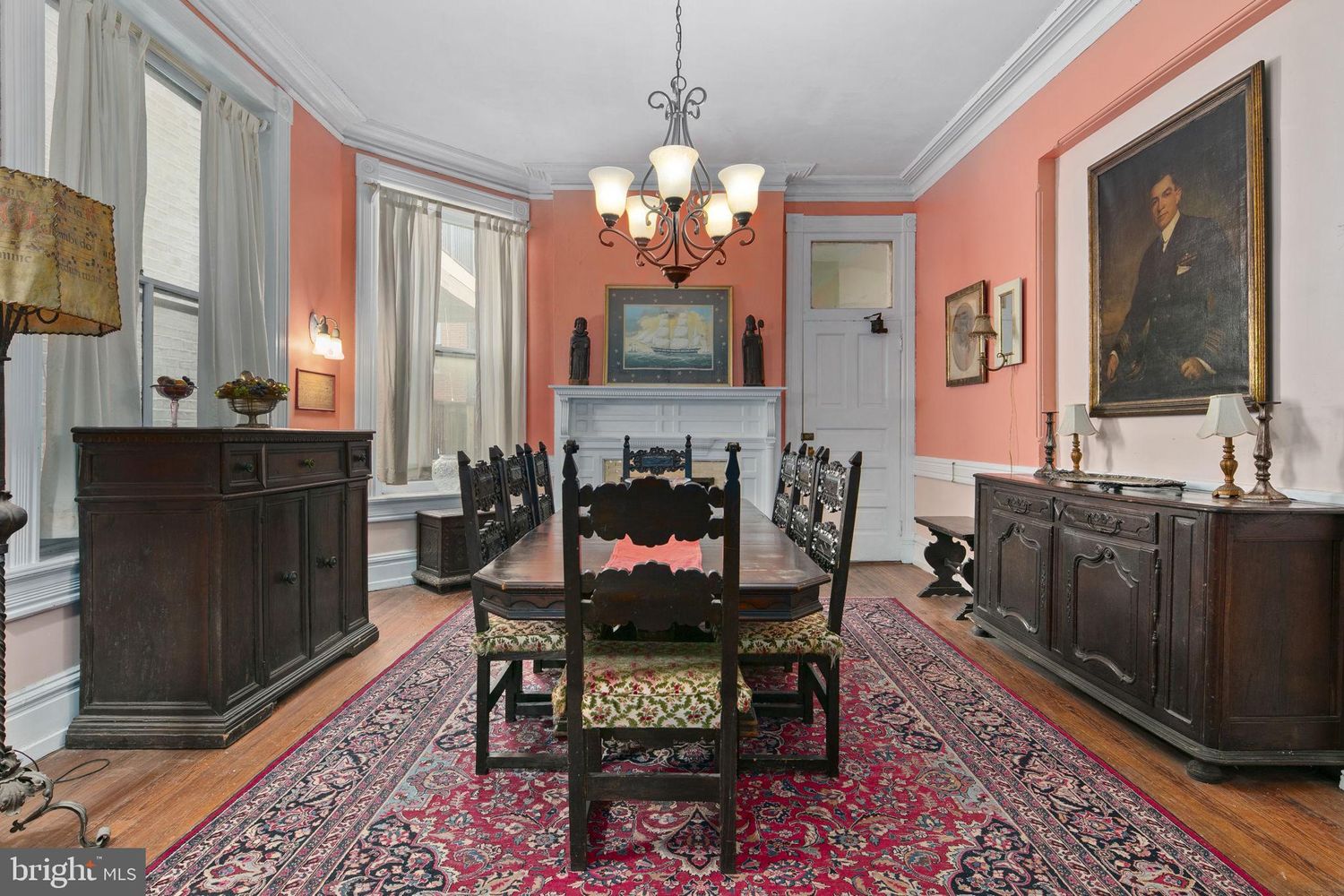
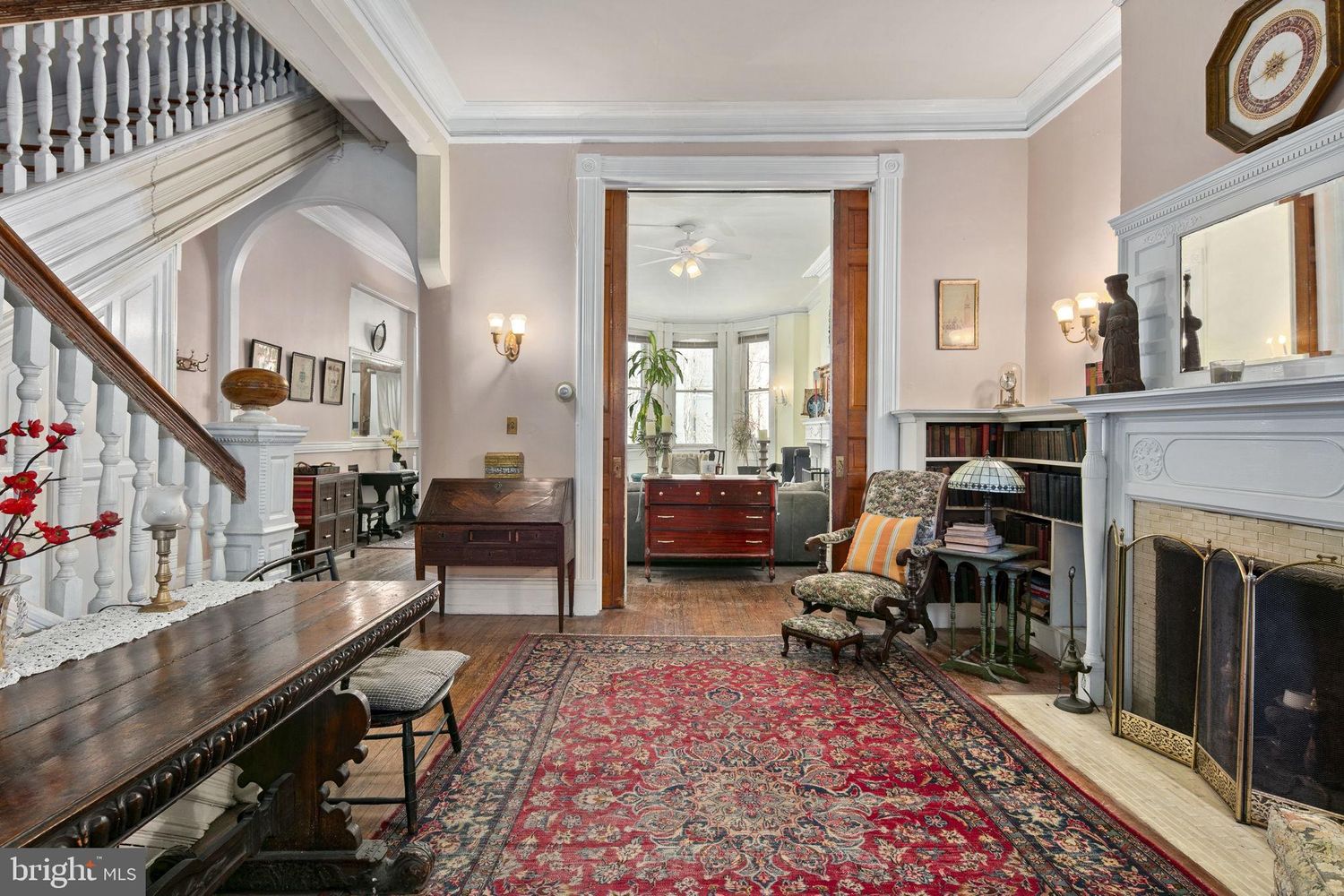
Price: $2.3 million
Where: 1805 19th St., NW
Bedrooms/Bathrooms: 6/3
Lot Size: 0.04 acre
Listing Agent: Carlos Garcia, Keller Williams Capital Properties
This 1885 Victorian townhouse in Dupont Circle has been owned by the same family for more than 100 years. It has the grandeur associated with homes of this era, including tall ceiling heights, original crown molding, multiple fireplaces, pocket doors, bay windows, and original heart pine flooring. The upper level has a single-floor living suite with an updated second kitchen.
4
An 18th-century farmhouse in Lovettsville

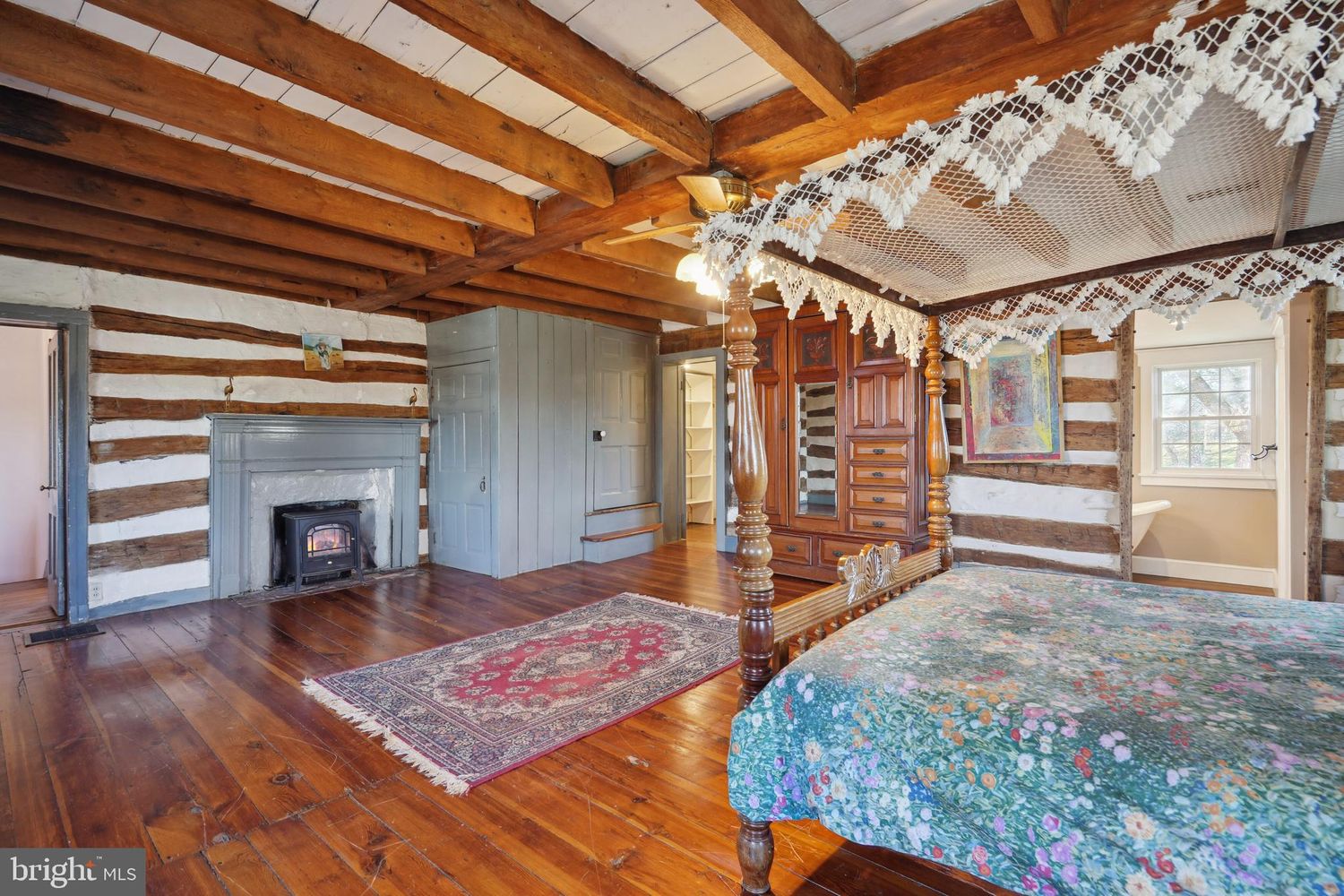
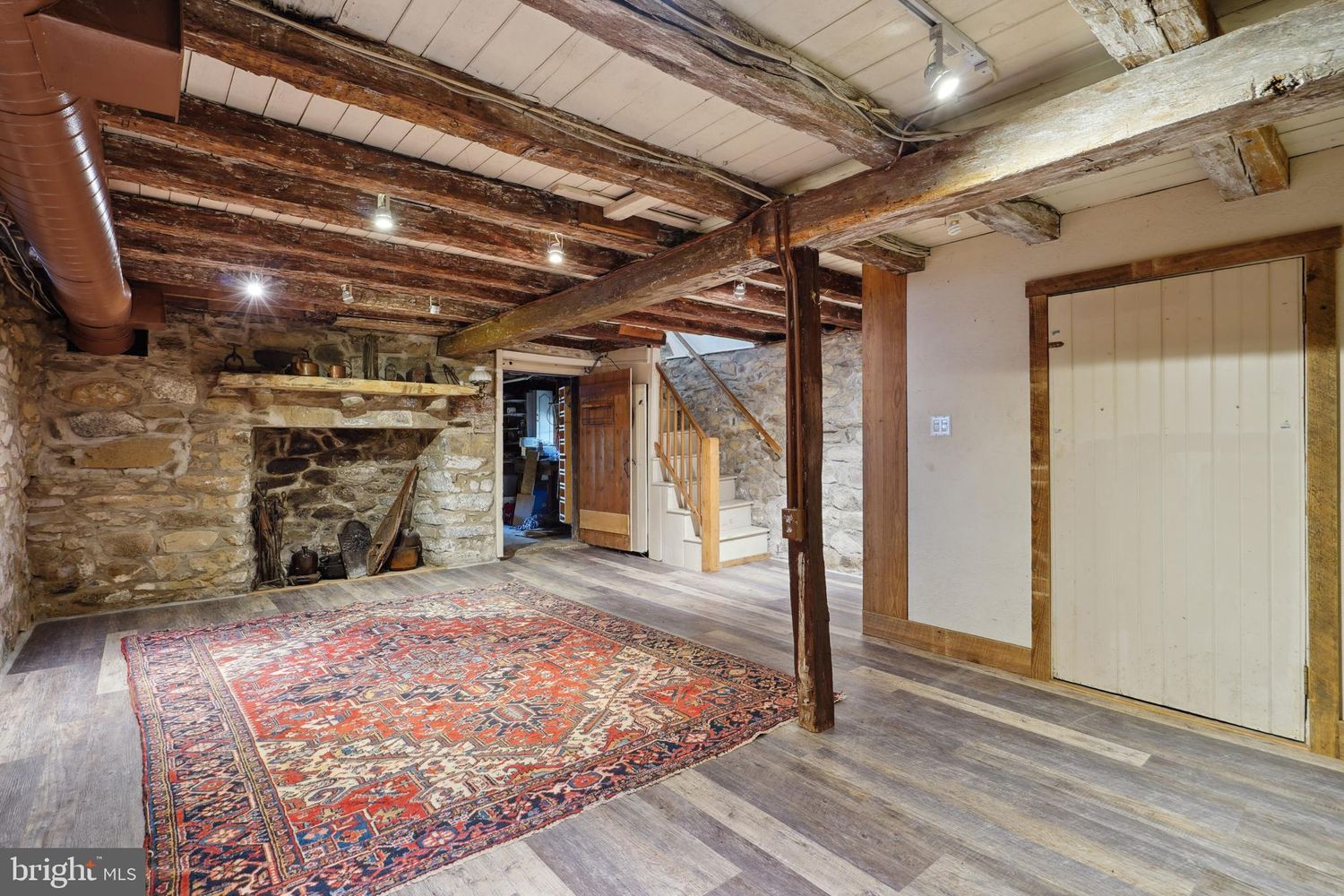
Price: $2.395 million
Where: 39595 Weatherlea Farm Ln., Lovettsville
Bedrooms/Bathrooms: 4/5
Lot Size: 28.18 acres
Listing Agent: Scott J. Buzzelli, Middleburg Real Estate and Kevin Chung, Atoka Properties
Known as Weatherlea Farm, the farmhouse on this sprawling estate dates to 1790. The property, which has a conservation easement, includes a half-acre spring-fed pond, a fruit orchard, a vineyard, a pre-Civil War bank barn with a stone foundation, and two cottages. A spacious deck overlooks the pond. The house has a large library with a fireplace. Several rooms have original log walls and wood ceiling beams.
5
An Italianate house in Alexandria
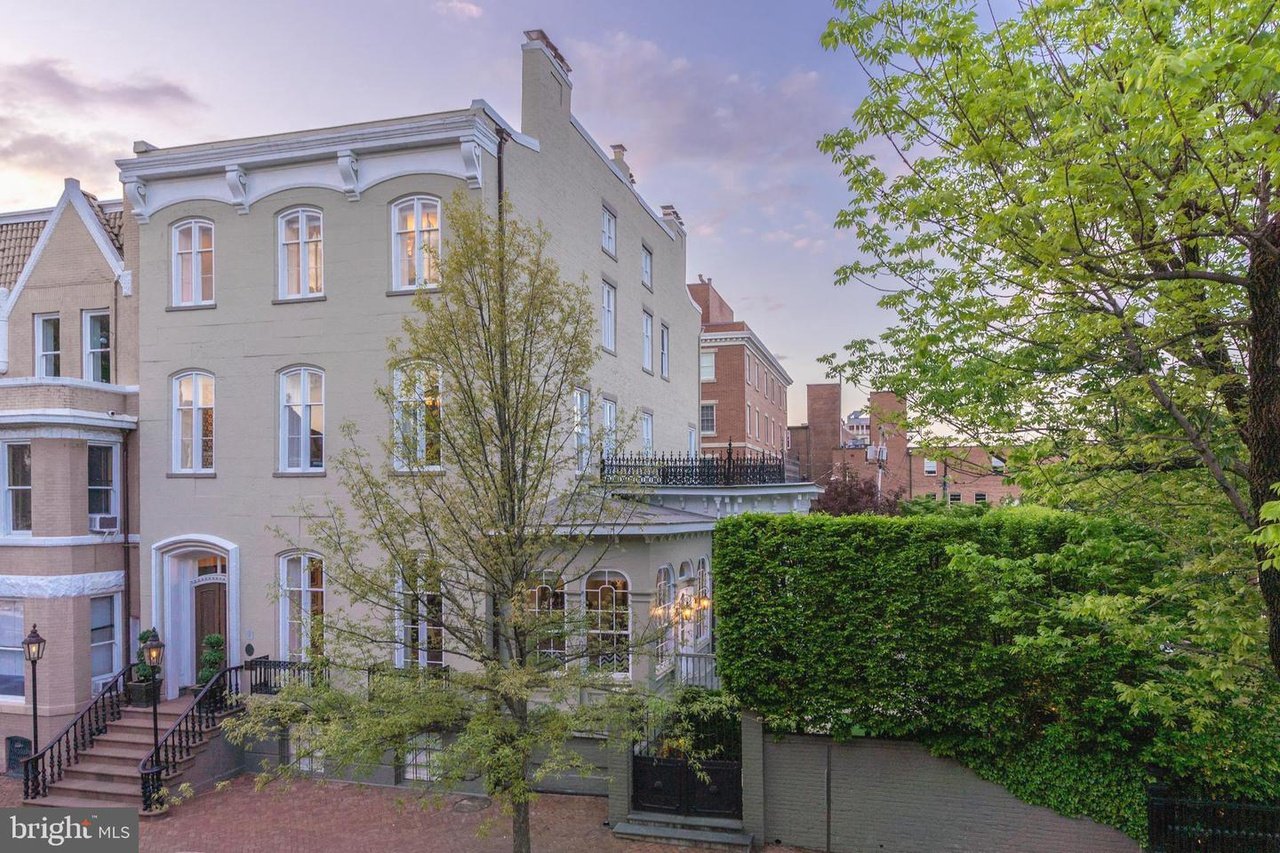
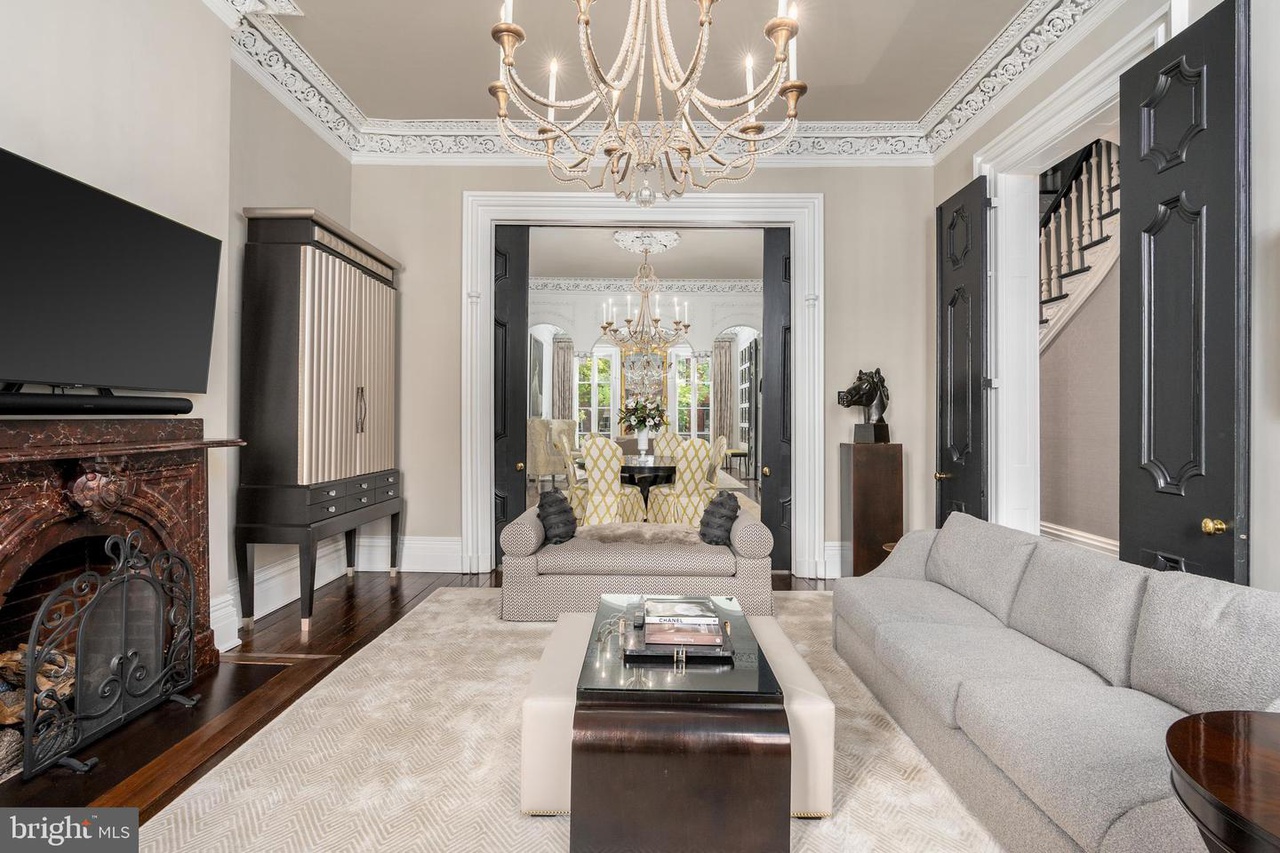
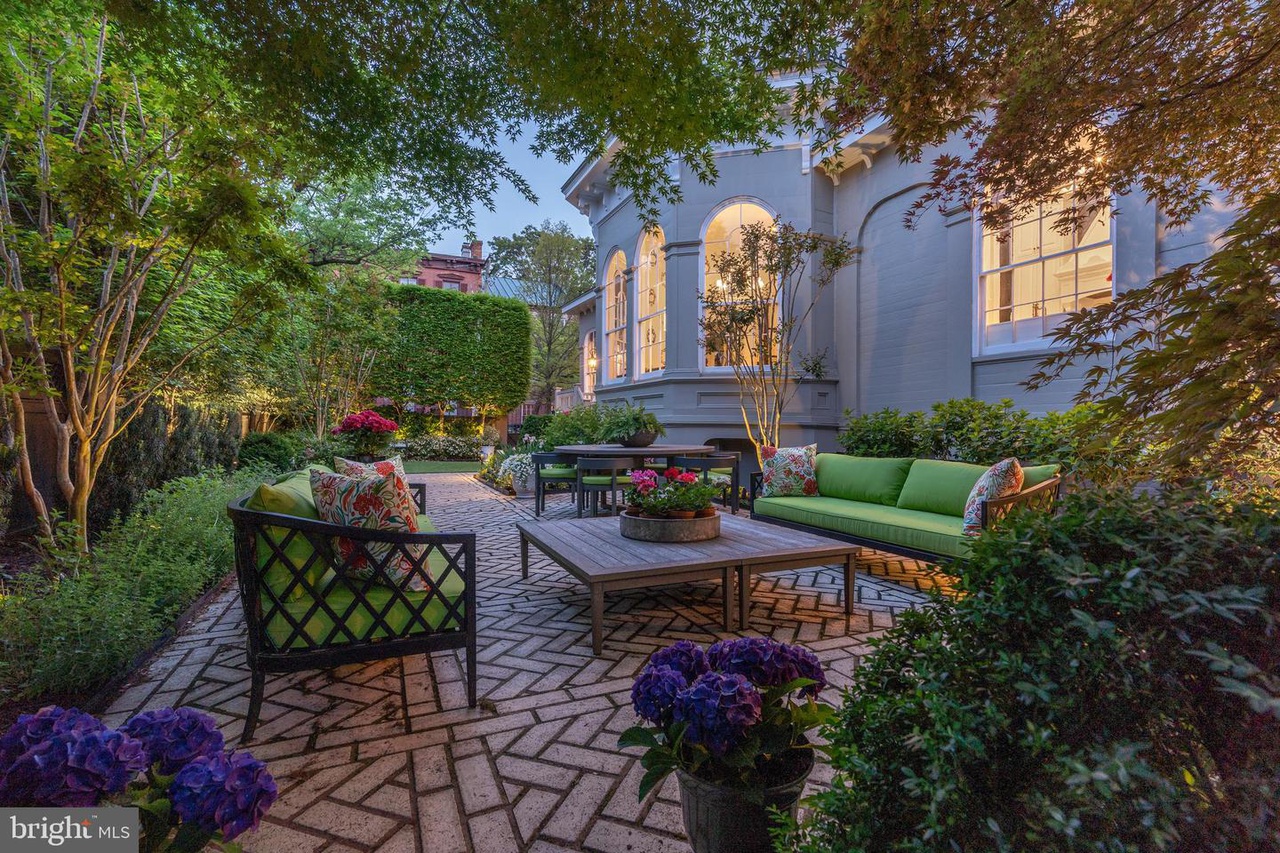
Price: $8 million
Where: 811 Prince St., Alexandria
Bedrooms/Bathrooms: 4/5
Year Built: 1854
Lot Size: 0.14 acre
Listing Agent: Wetherly Barker Hemeon and Karen Barker, TTR Sothebys International Realty
This 1854 Italianate-style house, known as the Bayne-Fowle House, was added to the National Register of Historic Places on Nov. 6, 1986. The brick house has a painted ashlar sandstone facade with elongated windows, a low-pitched gable roof, and an ornamental cornice. It was built for William Bayne, an Alexandria merchant, but soon sold to William H. Fowle. During the Civil War, the house was occupied by Northern troops and briefly converted to a military hospital. Writings on an attic wall, believed to be from 1863, indicate Fowle was a Northern sympathizer and that the house may have been part of the Underground Railroad.

